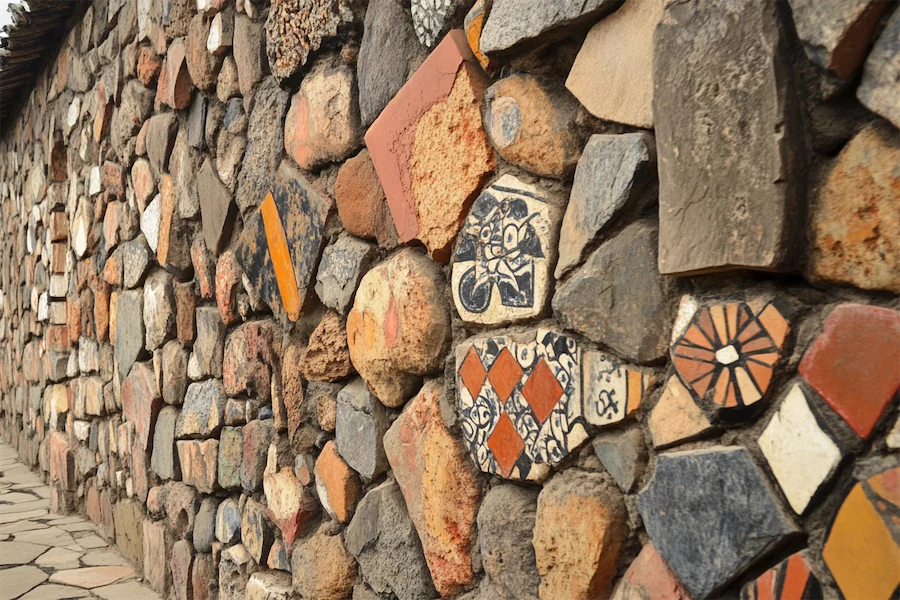Vernacular architecture refers to building styles that are deeply rooted in local traditions, materials, and cultural practices. These structures are typically designed and constructed by local artisans, reflecting the community’s identity and responding to the specific environmental conditions of the area.
History and Origins of Vernacular Walls
The development of vernacular walls is intrinsically linked to the availability of local materials and the ingenuity of traditional construction methods. Over centuries, communities have utilized resources at hand—such as earth, timber, stone, and bamboo—to create walls that not only provide shelter but also embody cultural significance. These methods have been refined over generations, resulting in diverse wall constructions tailored to specific climates and social needs.
Key Features of Vernacular Walls
Vernacular walls exhibit several distinctive characteristics:
- Use of Local Materials: Construction relies on materials readily available in the region, minimizing transportation costs and environmental impact.
- Climate Responsiveness: Designs are adapted to local climatic conditions, employing techniques that enhance thermal comfort and energy efficiency.
- Cultural Expression: Wall designs often incorporate decorative elements and construction methods that reflect local traditions and social practices.
- Sustainability: The use of natural, renewable materials and traditional building techniques contributes to the sustainability and longevity of the structures.
Applications of Vernacular Wall Design
Vernacular wall designs are applied in various contexts, including:
- Residential Buildings: Homes constructed with materials like adobe, thatch, or timber, tailored to local environmental conditions.
- Community Structures: Buildings such as communal halls or religious centers that utilize traditional construction methods to foster cultural identity.
- Modern Adaptations: Contemporary architecture incorporating vernacular elements to achieve sustainability and contextual relevance.
Considerations When Choosing Vernacular Wall Design
When integrating vernacular wall designs, consider the following:
- Material Availability: Ensure that the necessary local materials are accessible and suitable for construction.
- Skill and Knowledge: Engage artisans or builders familiar with traditional techniques to maintain authenticity and structural integrity.
- Regulatory Compliance: Verify that vernacular construction methods meet current building codes and standards.
- Cultural Sensitivity: Respect and preserve the cultural significance embedded in traditional designs.
Conclusion
Vernacular wall designs offer a harmonious blend of functionality, sustainability, and cultural expression. By utilizing local materials and traditional construction methods, these walls not only provide effective shelter but also strengthen the connection between architecture and the community it serves. Incorporating vernacular principles into modern design can lead to more sustainable and contextually appropriate buildings.
